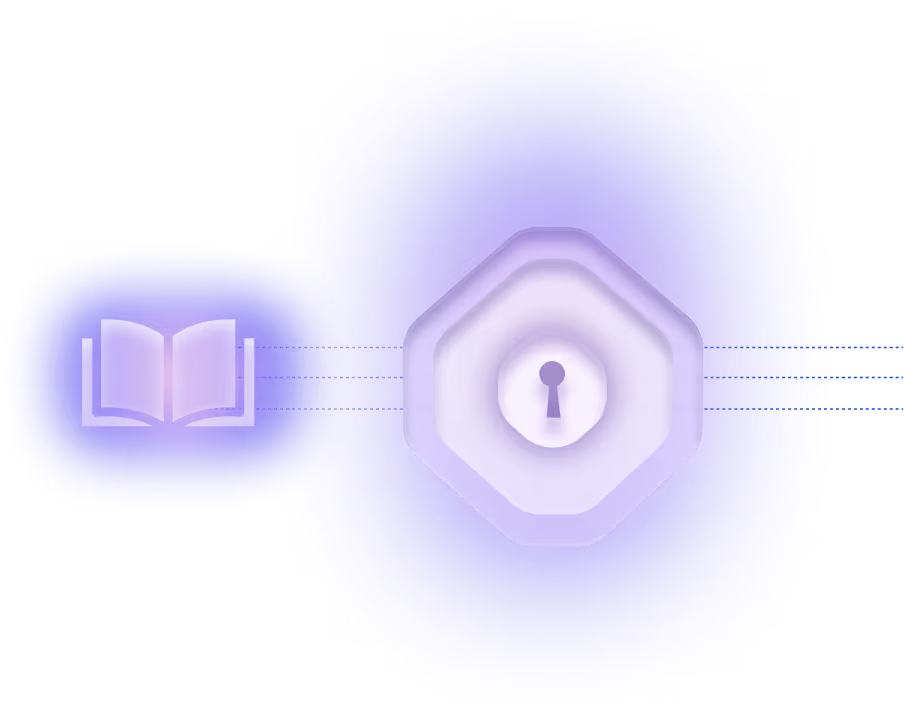Orphaned Accounts

What is an orphaned account?
An orphaned account refers to a digital identity—typically a non-human identity (NHI) such as a service account, API key, or machine credential—that remains active despite no longer having a valid owner, associated workload, or operational purpose. In the context of NHI security, orphaned accounts often arise when applications are decommissioned, development projects end, or employees responsible for managing specific machine identities leave the organization. These accounts persist unnoticed across cloud, SaaS, and on-prem environments, retaining access to sensitive systems and data.
Why is it important?
Orphaned accounts represent a significant attack surface in modern enterprise environments. With NHIs now outnumbering human identities by more than 20:1, the unmanaged growth of machine identities increases the risk of credential sprawl, unauthorized access, and privilege escalation. Orphaned NHIs often have excessive, static permissions, violating the principle of least privilege (POLP), and are rarely monitored due to unclear ownership. As a result, attackers frequently exploit these dormant identities in lateral movement attacks, as seen in recent high-profile incidents involving cloud service principals and stale API tokens.
What are common applications or use cases?
In practice, orphaned accounts can take many forms—for example, a Kubernetes service account created for a temporary analytics pipeline that is never deprovisioned, or an API key embedded in a deprecated CI/CD script that remains in a public code repository. These identities may continue to access critical infrastructure, often with administrative privileges, long after their intended use. Beyond security risks, orphaned NHIs also impact operations by inflating licensing costs, complicating audits, and violating compliance frameworks such as GDPR, HIPAA, and NIST SP 800-63B.
What is the connection to NHIs (Non-Human Identities)?
Orphaned accounts are predominantly associated with NHIs, which operate without user oversight and lack conventional security controls like MFA. Because NHIs are frequently provisioned outside centralized workflows—via Terraform scripts, command-line tools, or ad hoc integrations—they often bypass formal governance. Without proper lifecycle management, these identities persist in cloud directories, secrets vaults, and SaaS platforms, creating blind spots for security and identity teams.
Are there any notable industry data, trends, or standards?
Industry research shows that 75% of machine identities lack designated owners, and 68% of cloud breaches involve misuse of NHI credentials. The OWASP NHI Top 10 highlights orphaned accounts as a top-tier risk, emphasizing the need for automated deprovisioning and continuous monitoring. Regulatory frameworks are beginning to mandate stronger machine identity controls, with organizations like FINRA and NIST introducing new guidance around NHI lifecycle governance.
What is the broader impact or takeaway?
Addressing orphaned accounts is essential for reducing enterprise attack surfaces, maintaining compliance, and enabling secure cloud transformation. Leading practices include automated NHI discovery, policy-based provisioning, ephemeral credentials, and AI-driven risk detection. Platforms like Oasis Security’s NHI Security Cloud help enterprises operationalize these strategies by unifying visibility, enforcing lifecycle controls, and integrating with DevSecOps pipelines. As machine identities continue to proliferate, eliminating orphaned NHIs is a foundational step toward modern, zero trust-aligned identity security.





